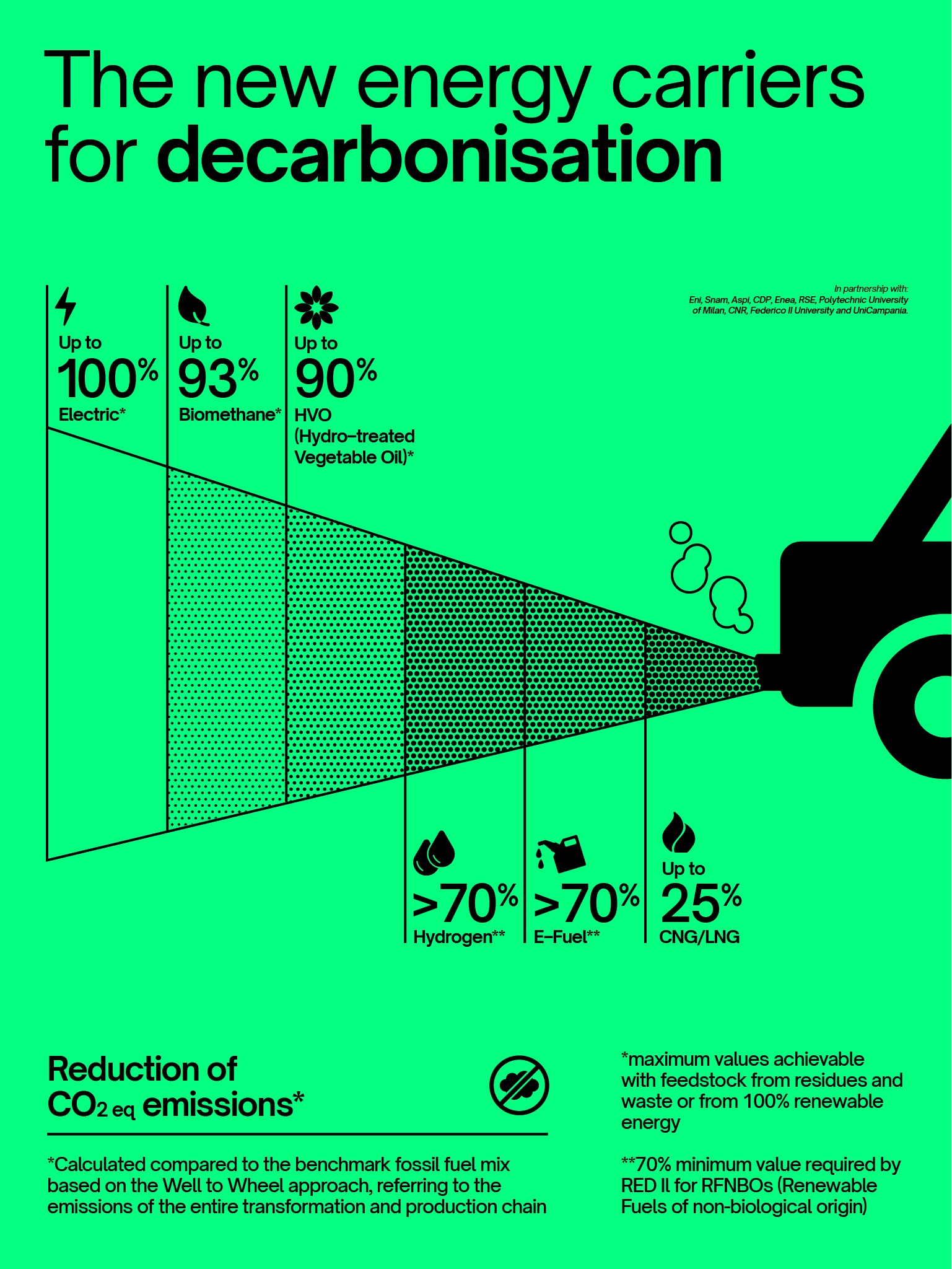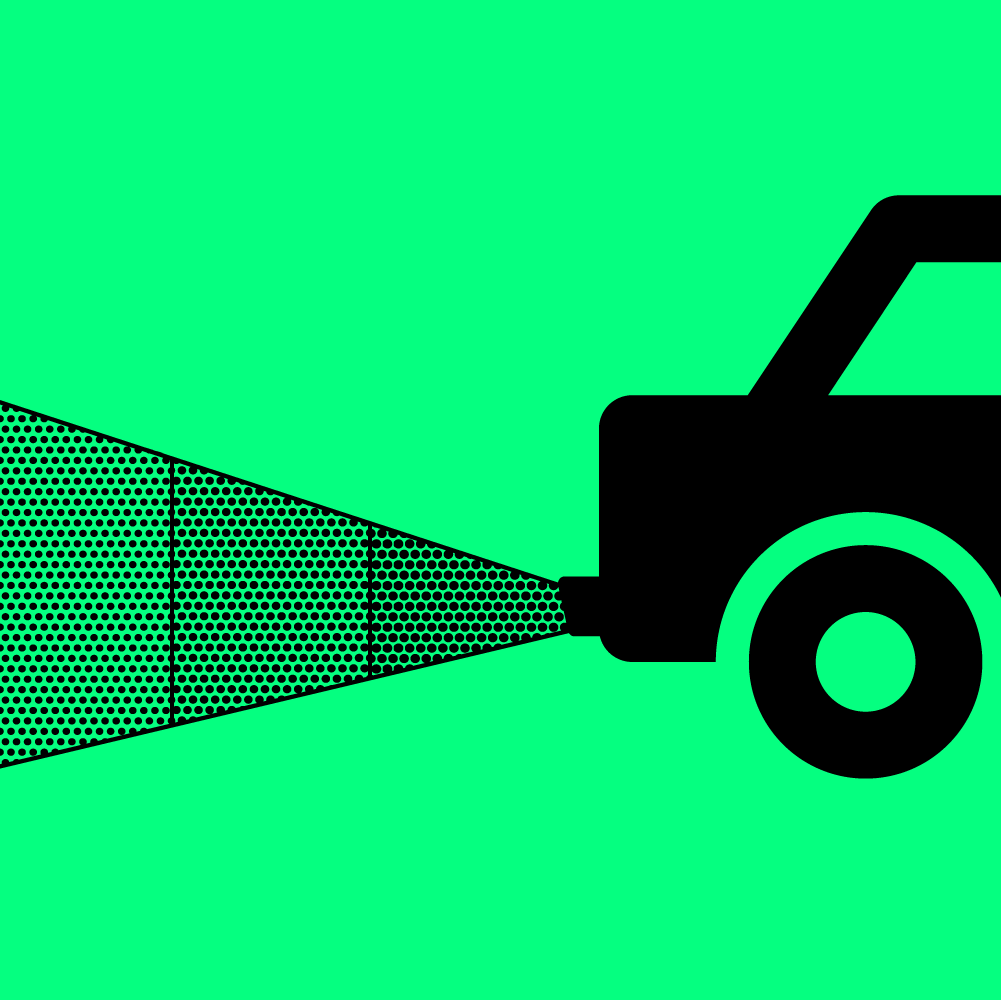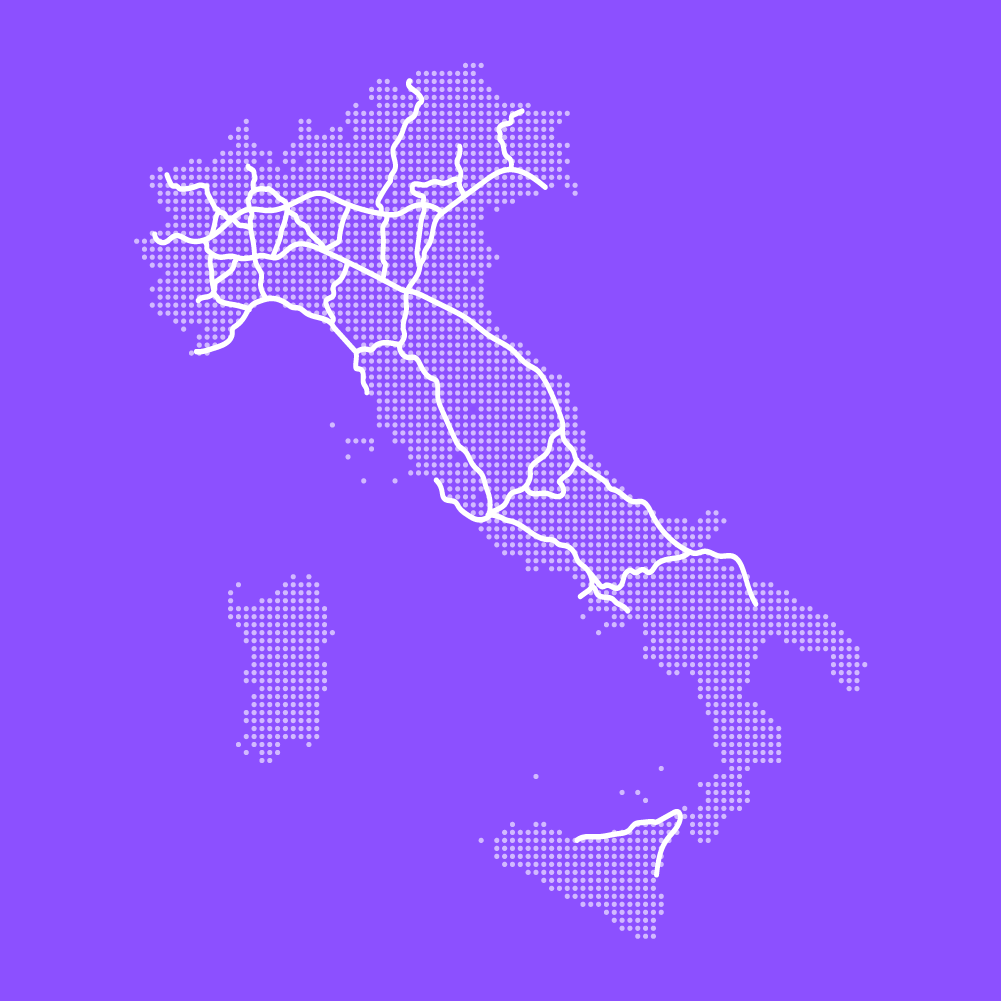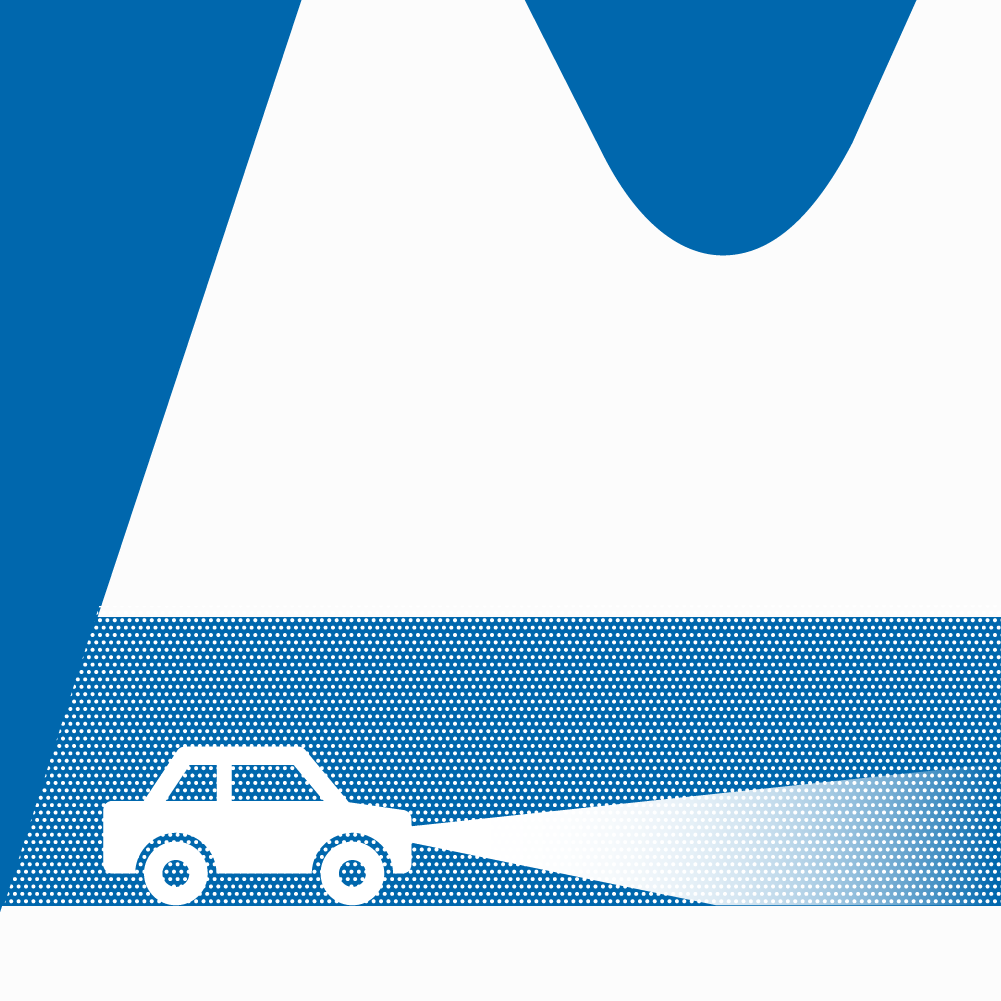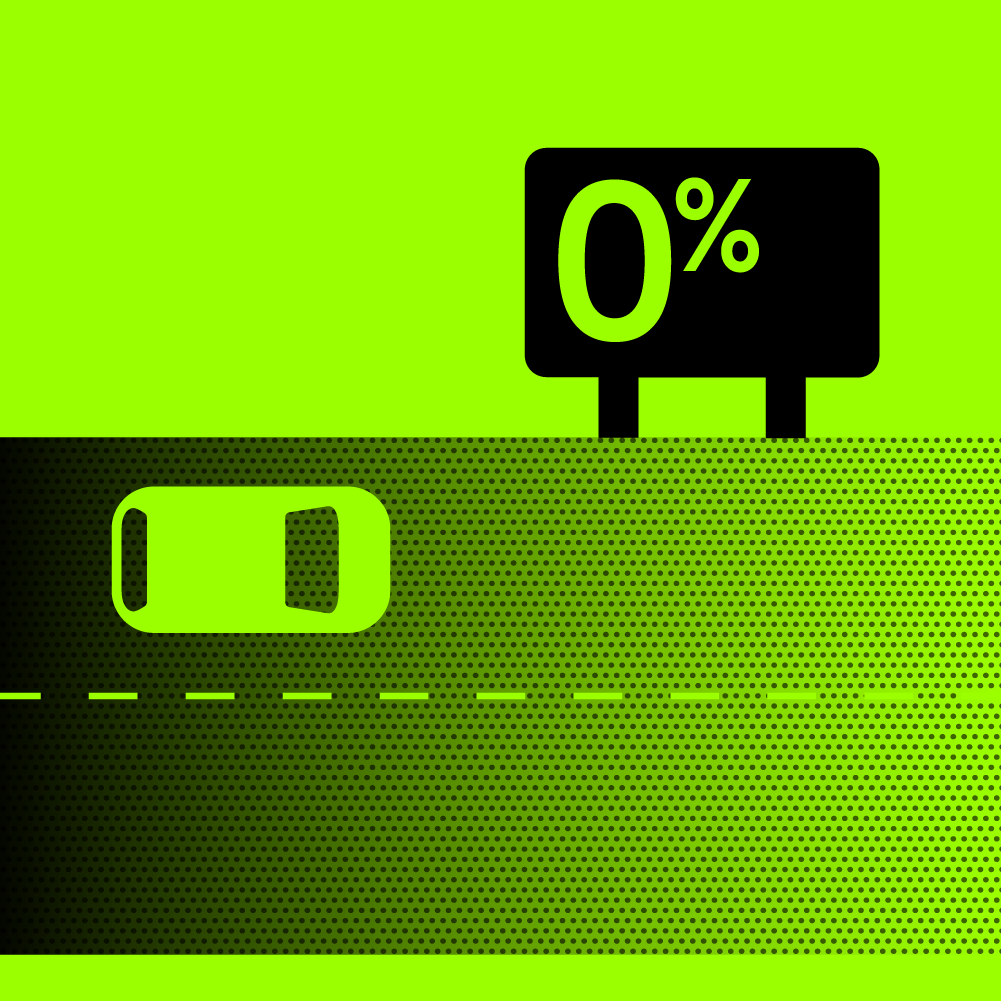New energy carriers for motorway decarbonisation
In order to decarbonise the automotive sector, it is essential to use alternative energy carriers such as biodiesel, biomethane, hydrogen, e-fuel, and electricity.
“As a child I dreamed of being a petrol station attendant”, sang Luca Carboni in his song Primavera. It was the 1980s and in common parlance the word “petrol station attendant” was synonymous with fuel station: petrol was the fuel par excellence. Diesel cars represented a minor market.
Many alternatives are available today, and they are gaining ground: fossil fuels such as petrol and diesel have been joined by others, such as biodiesel and biomethane. Moreover, among the most promising solutions for the future are electric cars, totally fuel-free. Therefore, when looking at the whole picture, we should refer to a broader category of fuels: energy carriers.
About energy carriers
An energy carrier is defined as a substance or system capable of conveying energy from one form to another. Electricity is an energy carrier because it is produced from an energy source and used to produce other energy (e.g. to operate a device or to move a car), as are fuels.
Thus, energy carriers are not energy sources; on the contrary, they need an energy source (sun, wind, coal, nuclear energy) to capture the energy to be transported.
Energy carriers can have very different environmental impacts. Fossil fuels (such as petrol and diesel) have significant greenhouse gas emissions, biological fuels reduce them significantly, while electricity has zero emissions when used – and also in the production phase, provided it is generated from renewable sources. To decarbonise the automotive sector, and especially the motorway sector, clean alternative energy carriers must replace the use of petrol.
The main energy carriers for motorway decarbonisation
The main energy carriers for the decarbonisation of motorways are low-emission ones:
- biodiesel: a fuel produced from renewable raw materials (vegetable oils, animal fats, biomass from waste, agricultural or industrial processing residues);
- biomethane: the natural gas (methane) obtained not from fossil sources as in traditional techniques, but through a biological process from organic matter (waste, sewage, sludge, agro-industrial waste);
- hydrogen: obtained from fossil sources or from water by means of electrolysers;
- e-fuels: liquid or gaseous fuels that can be obtained synthetically from hydrogen by combining it with carbon dioxide or nitrogen;
- electricity: can be generated from fossil sources (especially coal) and nuclear energy, but increasingly also from renewable sources such as solar, wind and hydroelectric power.
Biofuels: a possible “bridge” solution
Biofuels (biodiesel and biomethane) largely reduce emissions if compared to fossil fuels: biomethane between 74% and 93% and biodiesel between 65% and 90%.
Both biofuels are comparable to fossil fuels (although less performing than hydrogen and especially electricity) in terms of energy efficiency, i.e. efficiency in transforming the energy needed to move the vehicle.
In an automotive market still dominated by internal combustion engines, biofuels are therefore a suitable solution during the transition to a zero-emission road and motorway system. This especially applies to biodiesel, which is currently most popular in Italy both in terms of availability of cars and refuelling stations.
E-fuel and hydrogen: still far from reality
Hydrogen cuts emissions by more than 70% compared to fossil fuels and is way more energy efficient: theoretically speaking, the most promising fuel.
The dark side is, however, the production stage: worldwide, around 99% of hydrogen derives from methane and coal (and is therefore called grey hydrogen). Its main advantage is thus nullified, and this is also why it is currently very little used – both in Italy and abroad – as a fuel for cars.
As a matter of fact, some current technologies are already capable of extracting hydrogen from water with electricity produced from renewable sources (in this case, we speak of green hydrogen): a completely environmentally friendly solution, which is however far too expensive.
A similar rule applies to e-fuels, which compared to hydrogen are characterised by zero emissions but with lower energy efficiency, like biofuels. Nevertheless, their large-scale use is still far from reality as there are very few plants to produce them at a commercial level.
Electricity, the most promising energy carrier
At the beginning of the automotive era, the most popular means of power supply was expected to be electricity. Looking back on the recent past, this was not the case, although electricity appears to be the most promising energy carrier for truly sustainable future mobility, even on motorways. The electric engine cuts emissions by 100% and guarantees incredible energy efficiency: almost three times as much as internal combustion engines.
Electric cars are also becoming economically competitive vs conventional cars and are gaining ever larger market shares. In Italy sales figures are smaller compared to other European countries, but still growing. In the first half of 2023, registrations increased by 32% compared to the same period in 2022, reaching 3.9% of the total (not counting hybrid cars). By 2030, sales are estimate to exceed traditional cars, and one in ten cars will be electric.
Meanwhile, the installation of new public charging points continues: by mid-2023 the national total was around 45,000 (56% in the North, 21% in the Centre and 23% in the South and Islands). In this field, the forecasts are more than encouraging too: according to the “2022 Smart Mobility Report” drafted by the Politecnico di Milano, 55,000 recharging points will be in operation in 2025 and 95,000 in 2030. Installation along motorways is also accelerating and 657 charging points are currently in operation. Along the 7318 km making up the Italian motorway network, there are 8.9 charging points for every 100 km of network, of which 6.8 are fast and ultra-fast charging points.
If national policies and corporate investments are properly geared towards sustainable mobility, the most optimistic predictions may come true and, in the future, children will dream of becoming electric car salesmen.


